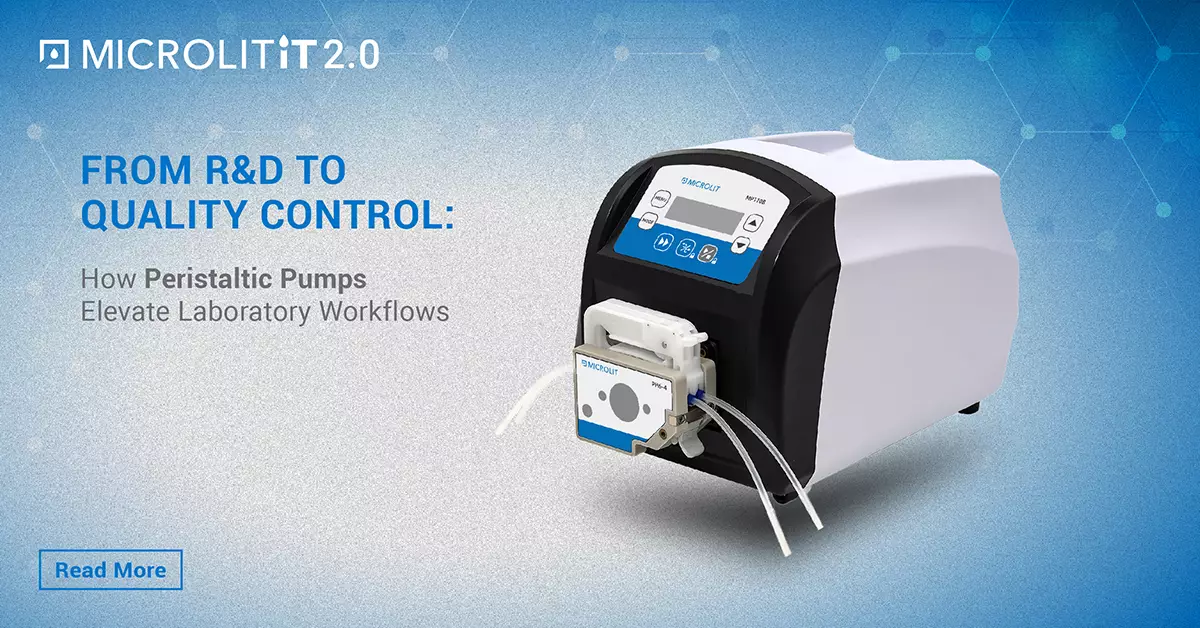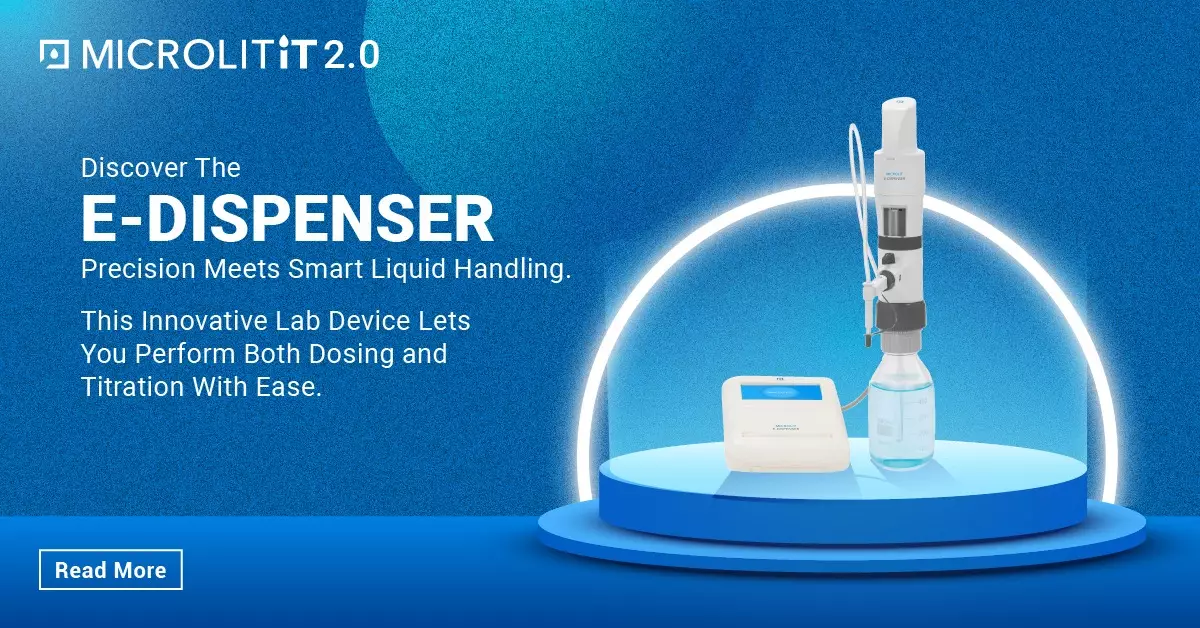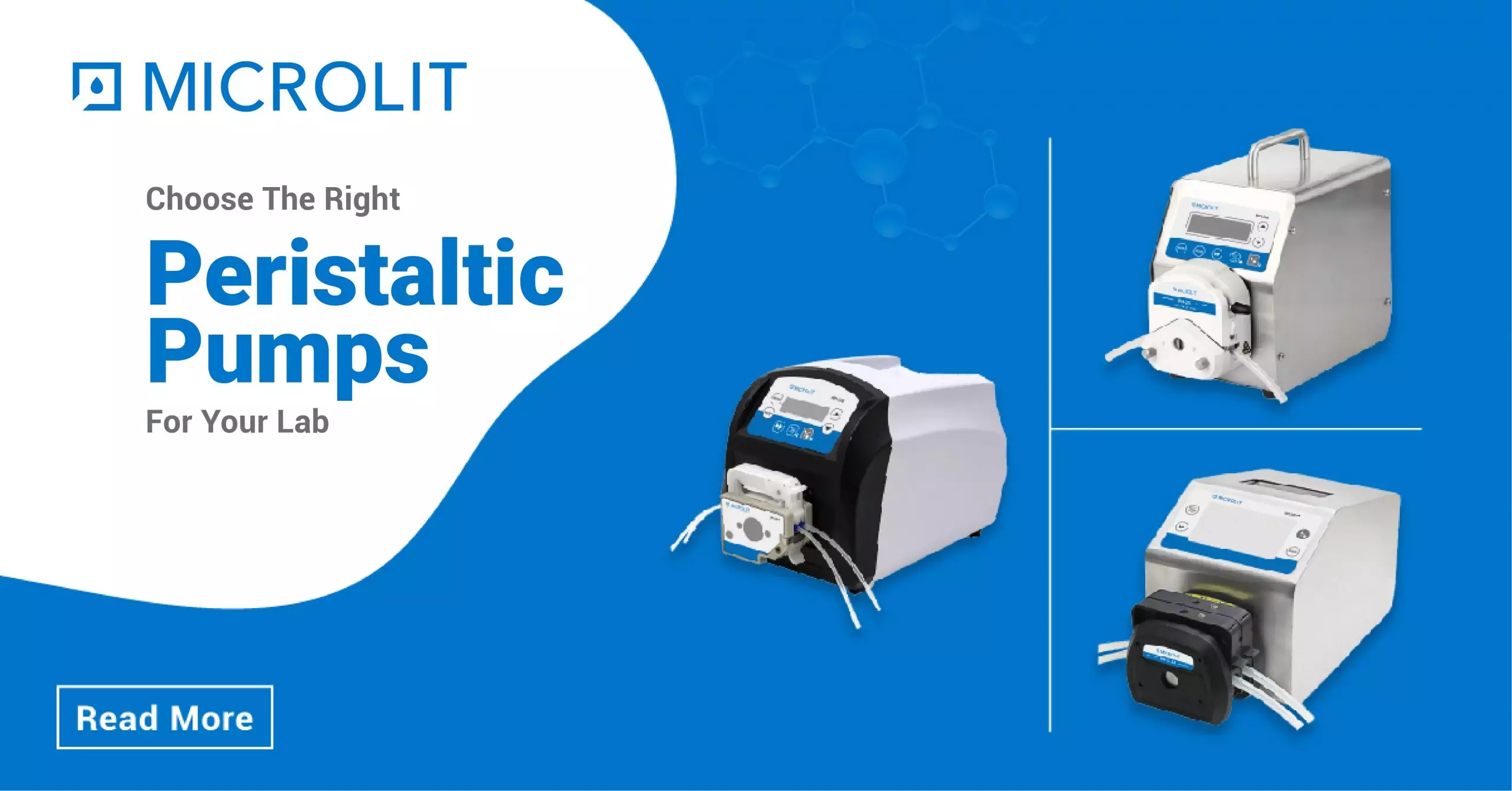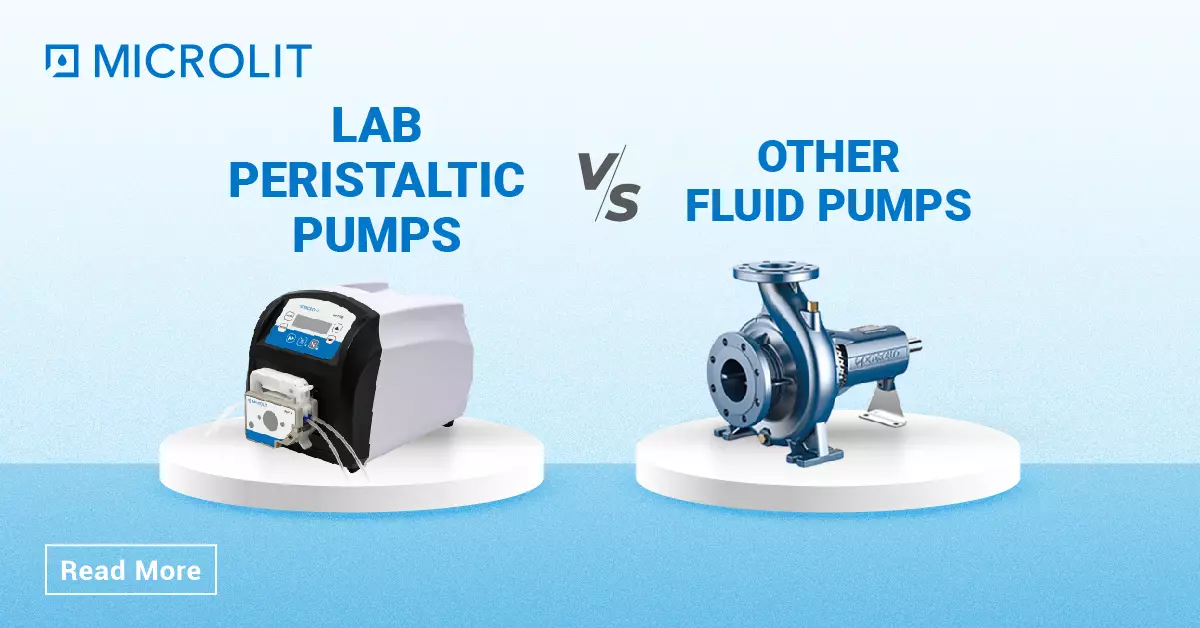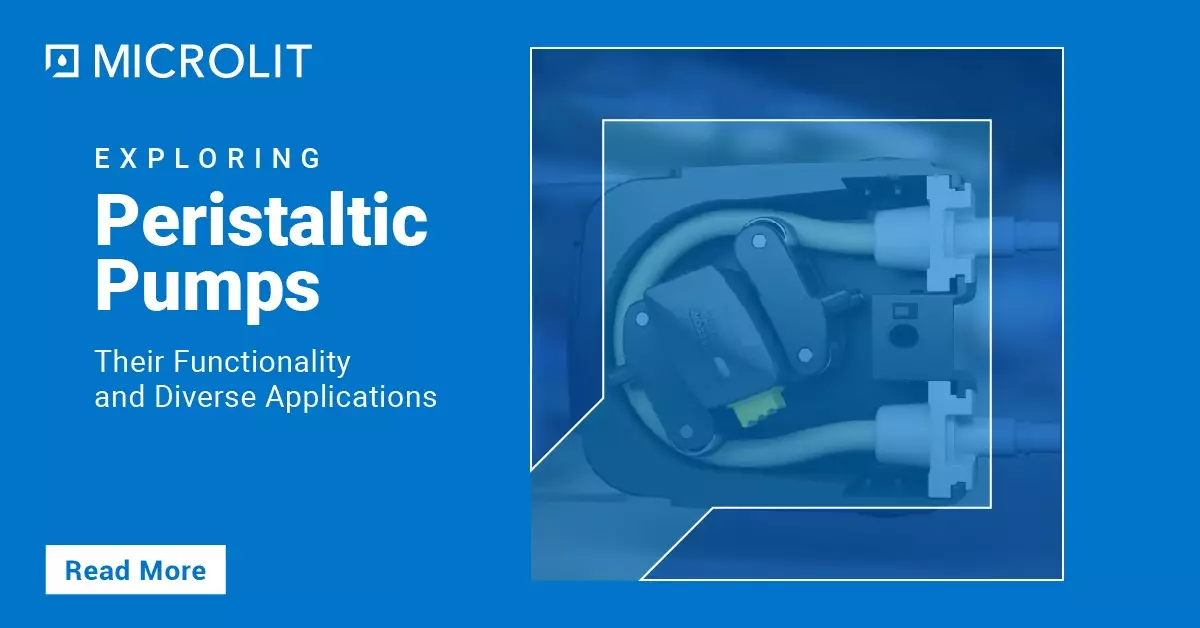How to avoid the most common pipetting errors?
- March 29, 2023
- ENQUIRE NOW
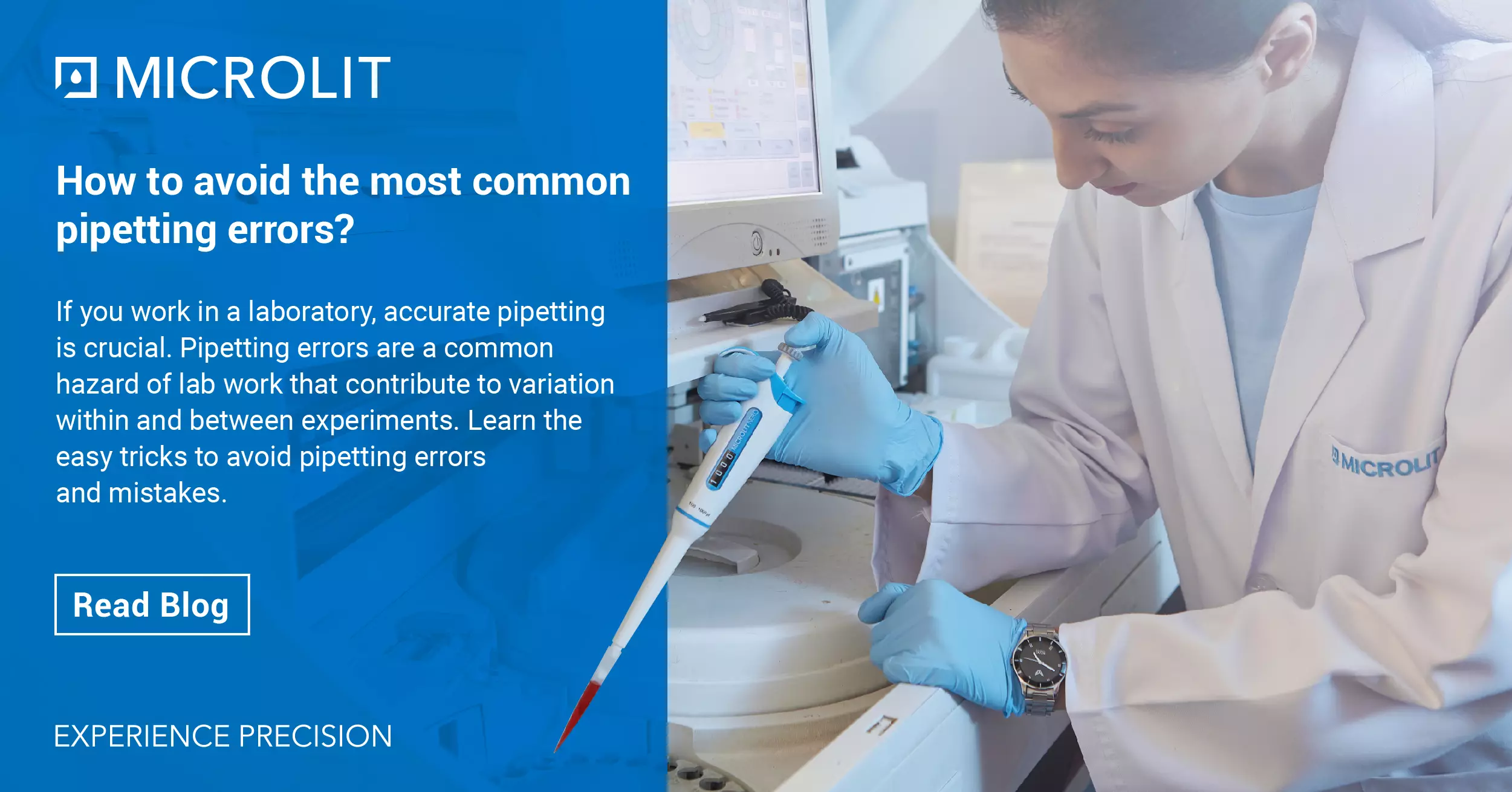
As lab technicians, one can’t deny that mistakes happen due to human error, broken machinery, environmental conditions, fatigue and the list goes on. One should address all contributors and minimize pipetting errors from a broad approach, of standardized pipette calibration or pipette repair services, pipette training and incorporating the use of high-quality, comfortable pipette equipment. The following is the list of 10 routine steps, Lab technicians and analyst takes to prevent pipetting errors during experimentation. One can avoid pipetting errors and reduce the risk of pipette mistakes by addressing the below:
-
Clean and check your pipette daily
A contamination-free pipette ensures accuracy, so it’s important to clean the pipette before and after every use. Make sure to give your pipette a visual check to ensure it appears to be in working order and there is no damage prior to beginning work.
-
Service your pipette every six months
Depending on how accurate your results need to be, it’s important to have your pipette serviced, on average, every six months. This means completely disassembling the pipette for re-calibration and replacement of broken parts.
-
Know proper pipetting techniques
If you’re new to pipetting or are a veteran who needs a refresher, make sure you are following these techniques when using a pipette:
- Practice a smooth and slow motion
- Pre-wet the pipette tip
- Hold the pipette vertically when drawing in liquid and at a 45-degree angle when dispensing
- Immerse the tip slightly into the liquid during aspiration
- Touch off the pipette on the sidewall of the container
-
Clean Your Pipette Each Day Before Use
Wiping your pipette with 70% ethanol should help in generating accurate results and avoid pipetting mistakes.
-
Store Your Pipette Vertically, Using a Pipette Holder
Storing your pipette this way prevents any liquids that are in the pipette barrel from getting any further inside the pipette and causing corrosion. Never put it down on the lab bench. Always keep it on a stand.
-
Use the appropriate pipette
It’s important to use a pipette with a volume selection closest to the volume you plan to aspirate and dispense. The accuracy of your test will improve if there is a small difference between the volume minimum on the pipette and the volume being tested.
Example: If you need to dispense 15 microliters, a 1 ml pipette would be the wrong choice, whereas a 20 microliter pipette would be ideal.
-
Account for environmental conditions
Consider the consistency of temperature, pressure, humidity, etc while pipetting. An inconsistent environment will affect the accuracy of your results as liquids are susceptible to all types of environmental changes. It is specifically important to take into account the sample temperature and dispense all liquids once before recording results.
-
Let your pipette adjust to the environment
It is recommended that you allow your pipette and all testing equipment to adjust if they are exposed to new conditions and temperatures. This way there will be fewer environmental variables affecting your results. This totally depends on case to case basis.
-
Take a break
If you find yourself in the midst of what seems to be an endless test, take a break. When your mind, muscles and eyes are fresh, your results will show it; fatigue can promote sloppiness and mistakes. If you are performing a time-sensitive test, remember to maintain good posture and keep your elbows in and your arms out front.
-
Use a new tip every time
There’s a reason your lab seems to have an infinite number of pipette tips; it’s so you can use a new tip for every new liquid you test. A tip that is continually used for different tests and substances is susceptible to cross-contamination. A Lab technician must change the pipette tip prior to testing any new substance.
To know more about the tips and tricks of pipetting, read our blogs: https://www.microlit.com/pipetting-small-volumes-8-tips-to-improve-your-technique/ and https://www.microlit.com/how-can-you-improve-pipetting-accuracy/
For any further query/info/demo, feel free to email us at info@microlit.com

